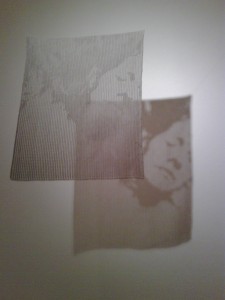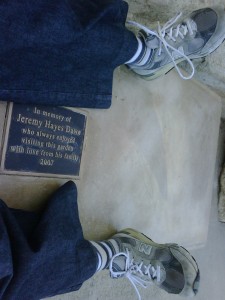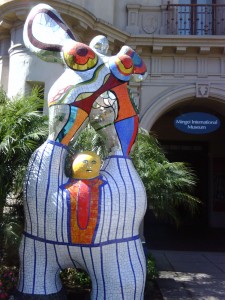I’ve often wondered why women in wealthy societies have fewer children. Melanie Moses (who teaches Computer Science at the University of New Mexico) offers a solution in an article entitled, “Being Human: Engineering: Worldwide Ebb,” appearing in the 2/5/09 edition of Nature (available online only to subscribers). This phenomenon is counter-intuitive because evolution by natural selection would seemingly predict that human animals with more resources would have more babies. Moses employs the Metabolic Theory of Ecology (MTE), an approach for understanding the dynamics of flow through networks. It was developed
to explain why so many characteristics of plants and animals systematically depend on their mass in a very peculiar way. . . According to the theory, the larger the animal, the longer its cardiovascular system (its network of arteries and capillaries) takes to deliver resources to its cells. That delivery time, which in turn dictates the animal's metabolic rate, is proportional to the animal's mass raised to the power of ¼. Thus, because its circulatory system works less efficiently, an elephant grows systematically more slowly than a mouse, with a slower heart rate, a lower reproductive rate and a longer lifespan.
Moses argues that this idea that networks become predictably less efficient as they grow has “profound” consequences. With regard to fertility, she starts with facts regarding our energy consumption.
The average human uses up only about 100 watts from eating food, consistent with predictions based on body size. But in North America, each person uses an additional 10,000 watts from oil, gas, coal and a smattering of renewable sources, all of which are delivered through expansive, expensive infrastructure networks.
How do energy networks interact with the reproductive choices of humans?
The decline in human birth rates with increased energy consumption is quantitatively identical to the decline in fertility rate with increased metabolism in other mammals. Put another way, North Americans consume energy at a rate sufficient to sustain a 30,000-kilogram primate, and have offspring at the very slow rate predicted for a beast of this size . . . As infrastructure grows we get more out of it, but must invest more into it, reducing the energy and capital left to invest in the next generation.
Moses disagrees with alternative explanations, such as availability of birth control or decisions to marry later, because these don’t explain decisions to have fewer children in the first place. She also dismisses the idea that “as societies become wealthier, greater educational investments are made in each child to make them competitive in labour markets” because investments in eduction correlate inversely with fertility rates.




